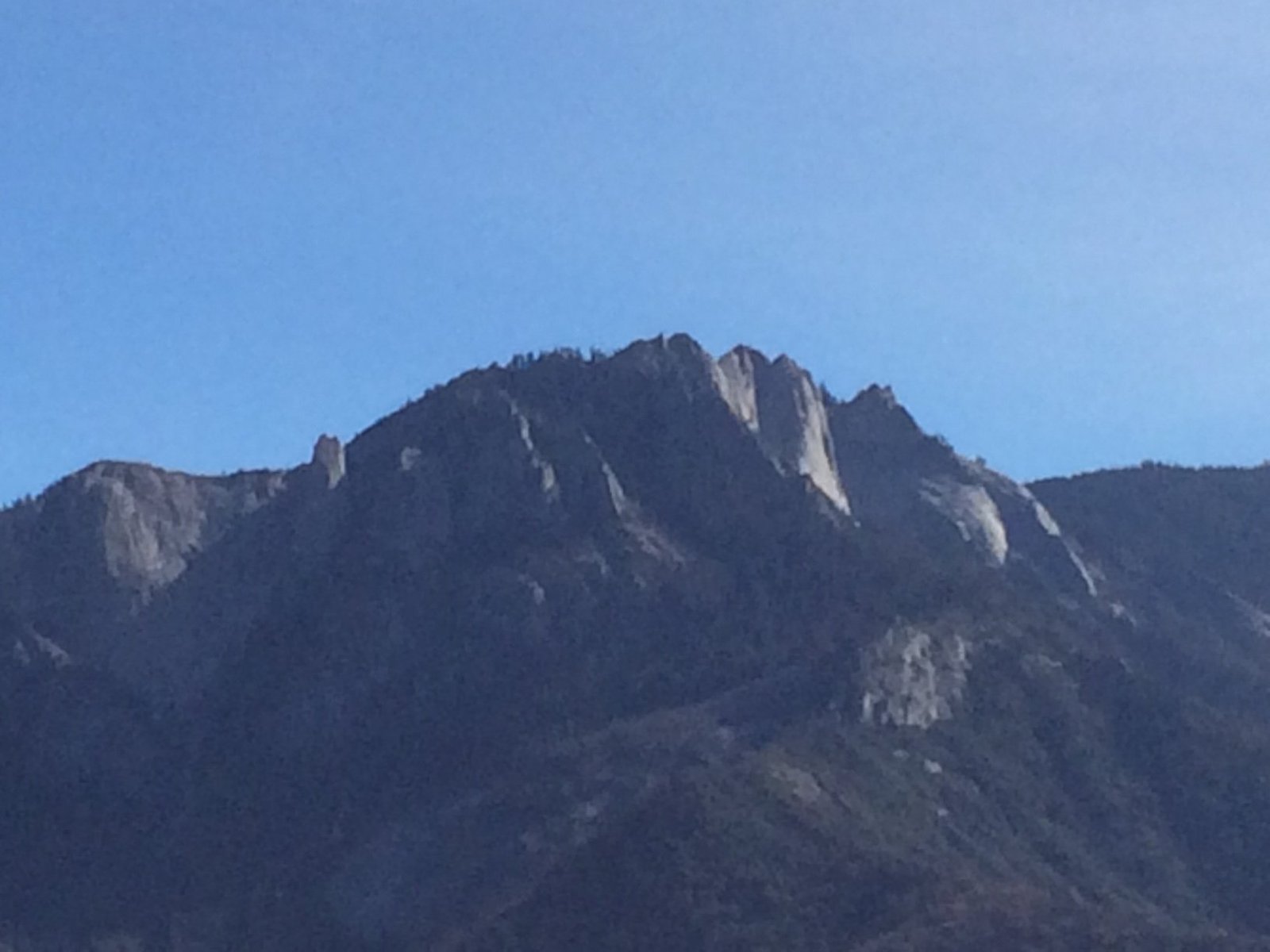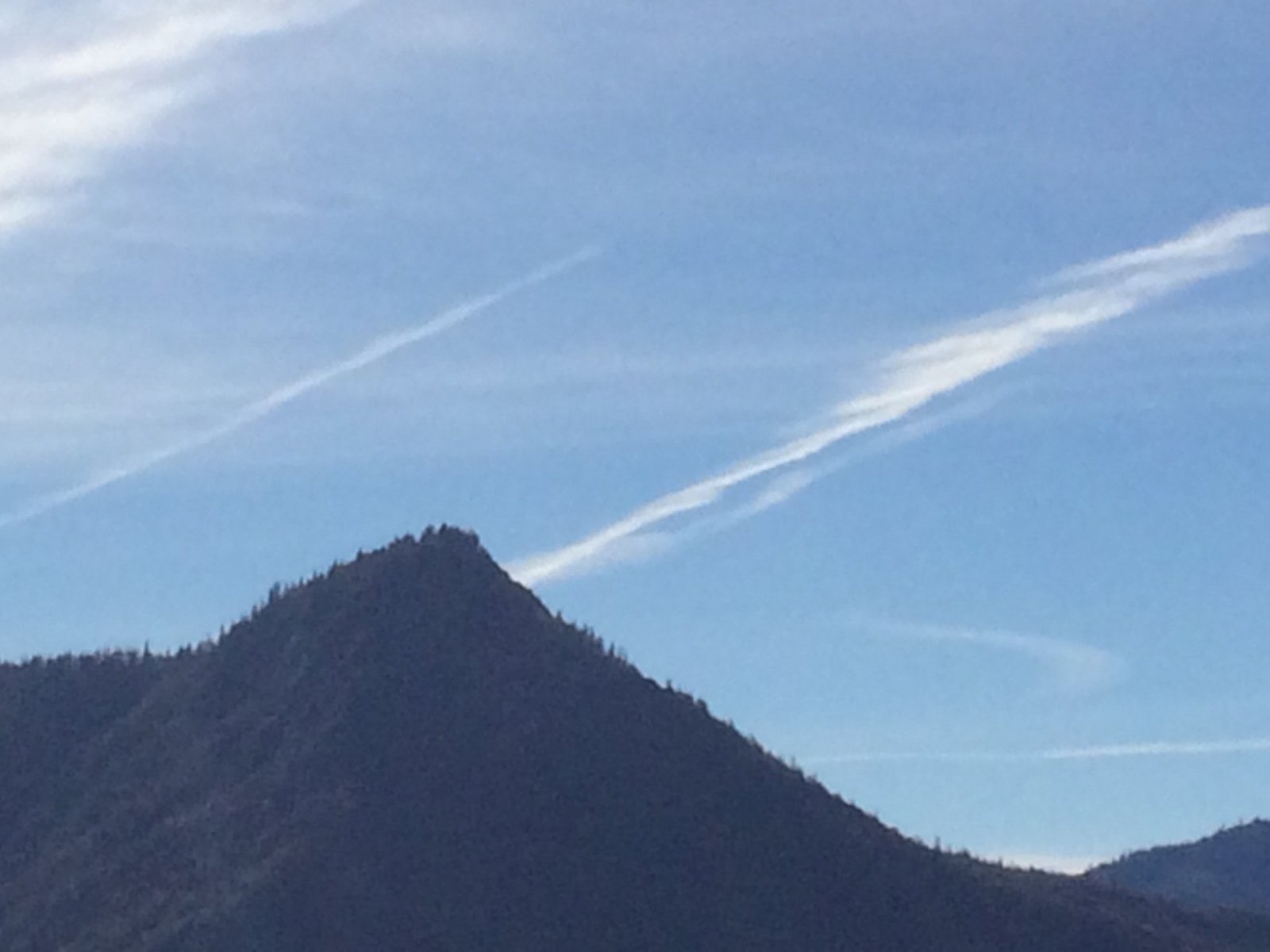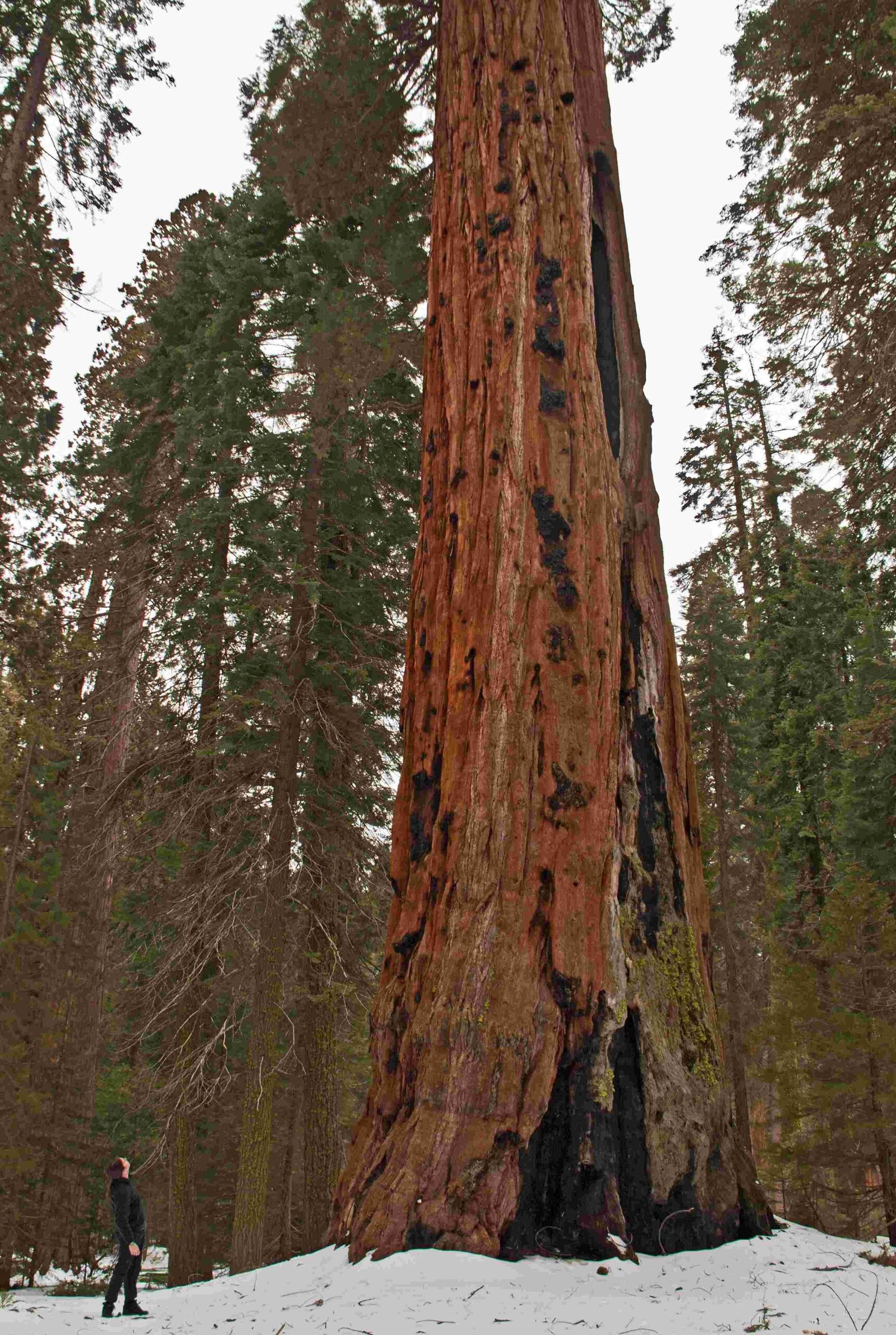Steller’s Jays are vibrant, intelligent birds that thrive in Sequoia National Park’s coniferous forests. Known for their striking blue and black plumage, loud vocalizations, and bold behavior, these birds are a common sight in the park. They play a crucial role in the ecosystem, dispersing seeds and serving as indicators of forest health. This article explores the fascinating world of Steller’s Jays in Sequoia National Park, their behaviors, habitats, and the best ways to observe them.
What Are the Distinctive Features of Steller’s Jays?

Steller’s Jays are easily recognizable by their striking appearance:
- Deep blue body with black head and crest
- White eyebrows and forehead streaks
- Length of 11-13 inches
- Wingspan of 17-19 inches
- Weight of 3.5-4.5 ounces
Their bold personality and intelligence make them stand out among other bird species in Sequoia National Park.
How Do Steller’s Jays Communicate in Sequoia National Park?

Steller’s Jays are known for their diverse vocalizations:
- Loud, harsh calls described as \”shack, shack, shack\”
- Mimicry of other bird species and even human-made sounds
- Soft, warbling songs during courtship
- Alarm calls to warn of potential predators
These vocalizations serve multiple purposes:
- Communication within their social groups
- Territory defense
- Mate attraction
- Warning system against threats
Where Can You Find Steller’s Jays in Sequoia National Park?
Steller’s Jays have specific habitat preferences within Sequoia National Park:
| Habitat Type | Characteristics | Examples in the Park |
|---|---|---|
| Coniferous Forests | Dense evergreen trees | Giant Forest, Lodgepole area |
| Mixed Forests | Combination of coniferous and deciduous trees | Foothills region |
| Pine-Oak Woodlands | Mix of pine and oak trees | Lower elevation areas |
Best locations for sightings:
- Campgrounds (e.g., Lodgepole Campground)
- Picnic areas
- Trails through dense forests
- Near bird feeders in developed areas
What Is the Diet of Steller’s Jays in Sequoia National Park?
Steller’s Jays are opportunistic omnivores with a varied diet:
- Nuts (acorns, pine seeds)
- Berries and fruits
- Insects and small invertebrates
- Eggs and nestlings of other birds
- Human food scraps (in campgrounds and picnic areas)
Their foraging behaviors include:
- Ground foraging for fallen seeds and insects
- Tree foraging for nuts and berries
- Caching excess food for later consumption
- Scavenging from animal carcasses
- Raiding other birds’ nests for eggs and chicks
When Is the Best Time to Observe Steller’s Jays in Sequoia National Park?
While Steller’s Jays are year-round residents in Sequoia National Park, certain times offer better observation opportunities:
- Spring (March-May): Increased activity during breeding season
- Summer (June-August): Peak visibility as they forage for their young
- Fall (September-November): Active food caching behavior
- Winter (December-February): Congregate in lower elevations, easier to spot
Best times of day:
- Early morning: Most active foraging period
- Late afternoon: Second peak of daily activity
How Do Steller’s Jays Adapt to Sequoia National Park’s Environment?
Steller’s Jays have developed several adaptations to thrive in Sequoia National Park:
- Strong, multipurpose bill for cracking nuts and catching insects
- Excellent memory for locating cached food
- Social intelligence for complex group interactions
- Ability to mimic sounds for communication and defense
- Seasonal altitudinal movements to avoid harsh winter conditions
These adaptations allow them to exploit various food sources and habitats within the park.
What Role Do Steller’s Jays Play in Sequoia National Park’s Ecosystem?
Steller’s Jays are integral to the park’s ecosystem:
- Seed dispersal: Help in forest regeneration by caching and forgetting seeds
- Predator-prey dynamics: Serve as prey for larger birds and mammals
- Indicator species: Their presence and behavior can indicate forest health
- Nest predation: Impact population dynamics of smaller bird species
- Human-wildlife interactions: Demonstrate adaptability to human presence in the park
How Can Visitors Responsibly Observe Steller’s Jays in Sequoia National Park?
To ensure responsible wildlife viewing:
- Maintain a safe distance to avoid disturbing the birds
- Use binoculars or zoom lenses for close-up views
- Never feed wildlife, including Steller’s Jays
- Stay on designated trails to protect their habitat
- Report any unusual behavior or sightings to park rangers
- Participate in citizen science projects to contribute to research
By following these guidelines, visitors can enjoy observing Steller’s Jays while preserving the natural balance of Sequoia National Park.

